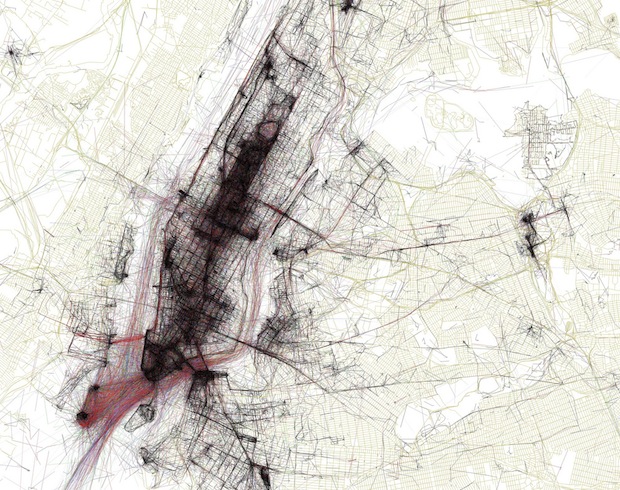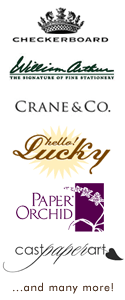I was cleaning out my email inbox, as I often must do (I have a bad habit of letting a few thousand emails piling up - emails that I have read - without sorting them to their appropriate folders) and I happened to come across an email that I sent to myself. For those of you whom are smart-phone users, I'm sure you're familiar with this technique.
The email didn't say anything other than a web address and that was
www.letterheady.com. I could have guessed but didn't expect that the website is devoted to famous, infamous, and interesting letterhead. I really recommend giving it a look. Most of the letterhead of late is very minimal and puts an emphasis on typeface and printing technique. I happen to like that style, personally, but seeing some of the full color and
huge letterhead is really exciting. Here are a few examples, click through to check out the site!

This first letterhead that I've picked from
Letterheady.com's site is an interesting one, for a railroad called "
Carolwood Pacific." What's so interesting about a railroad? Well, for starters, this particular railroad was in Walt Disney's backyard and had track, cars, and locomotives about 1/8 the size of a "real" railroad. I had no idea such a whimsical thing existed. It amazes me that Walt not only had his own personal miniature railroad, but that he had stationery for it to boot!

This second piece is that of
Frank L. Baum's, the creator of such stories as The Wizard of Oz. I had no idea that Baum was the futurist that he apparently was, as he predicted the development of laptop computers. I also didn't know that he was an apologist of the United States' policy of Manifest Destiny! I wouldn't have guessed that he held such an interesting place in a history much broader than the writing that we have come to know so well through Dorothy, Toto, and the Wizard. This letterhead is fascinating: like a few other examples, it's clear that letterhead developed into a strong C.V. statement for many individuals, and the usable writing area was reduced to a small fraction of the page.

This is the letterhead of the great mentalist,
Joseph Dunninger, who was a contemporary of Houdini's and apparently well respected and liked in his field. He apparently supported efforts to debunk "magic" in favor of illusion and mentalism, reportedly working with Scientific American to "offer [$100,000] to any medium who could produce by psychic or supernatural means any physical phenomena that he cannot reproduce by natural means or explain in convincing materialistic terms."
He has a wonderful quote that is attributed to him, "For those who believe, no explanation is necessary; for those who do not believe, no explanation will suffice."

This last one, of course, needs no introduction! Can you imagine receiving a note on this stationery? Apparently, Dr. Seuss used this huge graphic to communicate with fans of his books. It would be interesting to see if anyone could produce an actual note from him!
 {images: gazebo and the 4th banner marthastewart.com, porch: bhg, patriotic room: colorfulkidsrooms.com, desserts: celebrations.com, cocktail: coastalliving.com, fireworks: proteinpower.com}
{images: gazebo and the 4th banner marthastewart.com, porch: bhg, patriotic room: colorfulkidsrooms.com, desserts: celebrations.com, cocktail: coastalliving.com, fireworks: proteinpower.com}



















